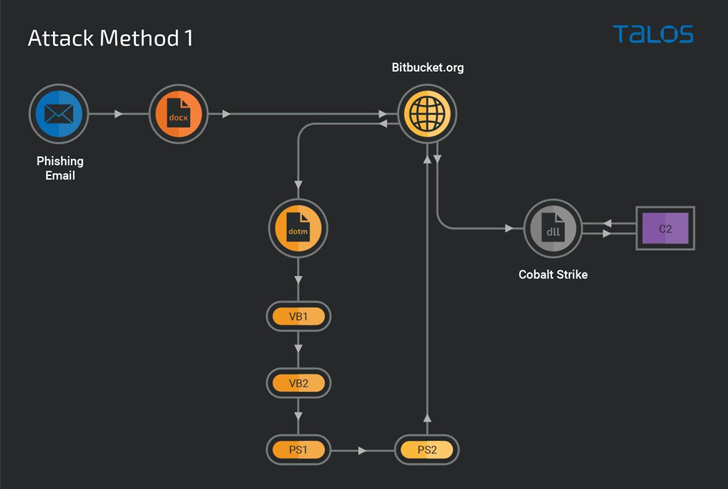
Cobalt strike malware full#
Enable investigation and remediation in full automated mode to allow Microsoft Defender for Endpoint to take immediate action on alerts to resolve breaches, significantly reducing alert volume.EDR in block mode works behind the scenes to remediate malicious artifacts that are detected post-breach. Run endpoint detection and response (EDR) in block mode so that Microsoft Defender for Endpoint can block malicious artifacts, even when your non-Microsoft antivirus doesn’t detect the threat or when Microsoft Defender Antivirus is running in passive mode.Turn on tamper protection features to prevent attackers from stopping security services.Cloud-based machine learning protections block a huge majority of new and unknown variants. Turn on cloud-delivered protection in Microsoft Defender Antivirus or the equivalent for your antivirus product to cover rapidly evolving attacker tools and techniques.Check the recommendations card for the deployment status of monitored mitigations. The sophistication of this threat, its intent to conduct espionage, and the fact that the code hasn’t been seen before in other attacks, together with the fact that it targets specific entities in the wild, leads us to believe that this threat was developed by a skilled threat actor.Guidance for enterprise administrators and Microsoft 365 Defender customersĪpply these mitigations to reduce the impact of this threat. This is the first Linux implementation that has been utilized for genuine assaults. Vermilion Strike isn’t the first or only conversion of Cobalt Strike’s Beacon to Linux, as geacon, an open-source Go-based equivalent, has been publicly accessible for the last two years. Intezer identified multiple organizations targeted using Vermilion Strike since August 2021 using telemetry data provided by McAfee Enterprise ATR, ranging from telecom companies and government agencies to IT companies, financial institutions, and consultancy firms around the world. Vermilion Strike Attacks Started in August 2021

Vermilion Strike is apparently able to perform the following tasks once deployed on a compromised Linux system: The stealthy sample uses Cobalt Strike’s Command and Control (C2) protocol when communicating to the C2 server and has Remote Access capabilities such as uploading files, running shell commands and writing to files.The malware is fully undetected in VirusTotal at the time of this writing and was uploaded from Malaysia.
Cobalt strike malware windows#
Technical similarities (the same functionality and command-and-control servers) between this new Linux virus and Windows DLL files point to the same creator. Vermilion Strike uses the same configuration format as the official Windows beacon and can communicate with all Cobalt Strike servers.

The Cobalt Strike ELF binary found by Intezer researchers, who first saw the beacon re-implementation in August and called it Vermilion Strike, is currently undetectable by anti-malware solutions. The threat actors may now acquire permanence and remote command execution on both Windows and Linux devices by using these beacons. Researchers describe how threat actors have taken it upon themselves to make their Linux beacons compatible with Cobalt Strike in a new study from security firm Intezer.

Cobalt strike malware cracked#
In time, threat actors obtained and disseminated cracked versions of Cobalt Strike, making it one of the most prevalent tools used in assaults involving data theft and ransomware.Ĭobalt Strike has always had a flaw: it only works with Windows devices and does not support Linux beacons. Security researchers discovered an unauthorized Cobalt Strike Beacon Linux version used in attacks against companies all across the world.Ĭobalt Strike is a legitimate penetration testing tool created as an attack framework for red teams (security professionals who act as attackers against their own organization’s infrastructure in an attempt to find security flaws and vulnerabilities.)Ĭobalt Strike is also used by threat actors for post-exploitation activities after distributing so-called beacons, which allow continuous remote access to compromised devices (often exploited in ransomware campaigns).Īttackers can afterward utilize beacons to connect directly to compromised systems and gather data or distribute further malware payloads.


 0 kommentar(er)
0 kommentar(er)
